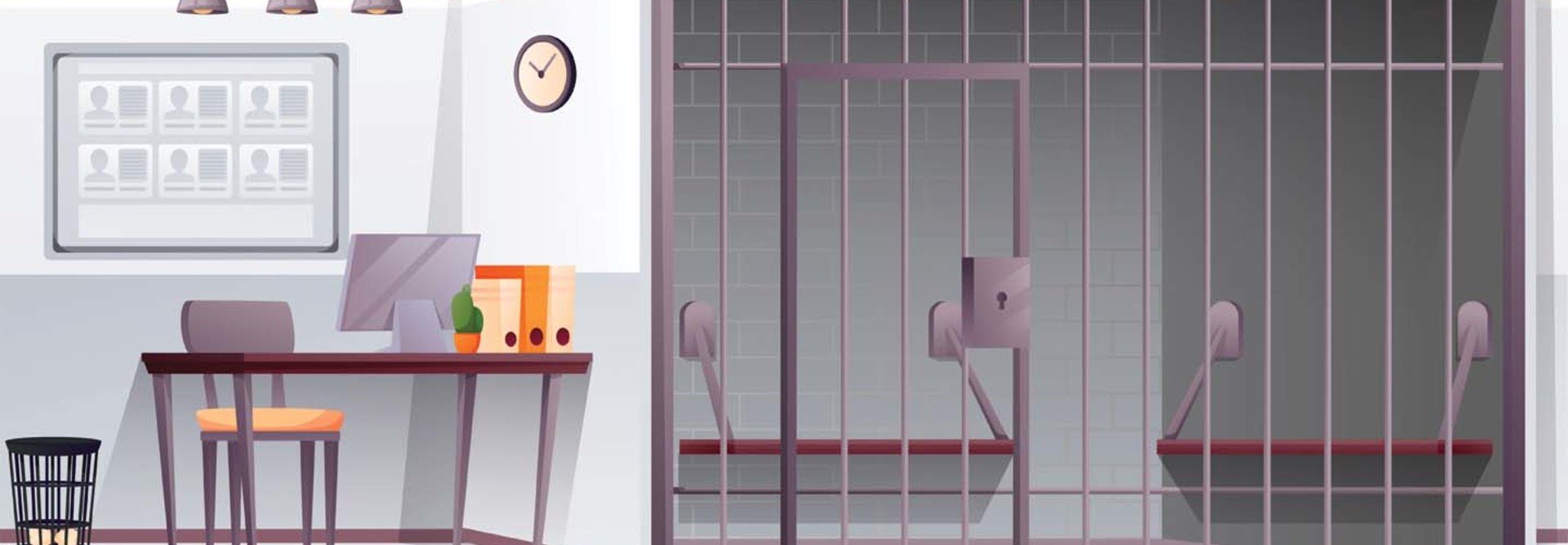“Learning management systems are designed for student collaboration. By their very nature they have discussion boards, they have all of these tools that let students talk to one another,” says Hayes. “So the need for a second learning management system that’s just targeted for corrections stems from the fact that the only way to disable a lot of these tools is at the source.”
To do that, Hayes says Ashland has become accustomed to working with an array of technology partners, including vendors that already work with (and are approved by) the correctional facilities, along with Ashland’s own vendor partners. Those vendors have an understanding of correctional facilities’ regulations, supplemented by Ashland’s years of experience in the correctional education space.
“We’re not in the hardware business, we’re not into creating end-user devices that are secure enough to be made,” says Hayes, “but there’s a lot of collaboration and a lot of communication that goes between our technology team and each of the vendors that we work with.”
READ MORE: Open learning environments may help more people obtain a college education.
How to Maintain Secure Connections in Correctional Facilities
Security, of course, is a major concern when colleges and universities are working inside correctional facilities. To keep communication and personal information secure, Hayes says, Ashland creates an “encrypted tunnel” for sensitive data to travel through, with students authenticating on both ends. In the past year, the LMS side of that connection has transitioned to a cloud-based Software as a Service solution, but the handshake remains the same.
“They’re authenticating via our LMS but also authenticating on the vendor side, through an encrypted web connection,” says Hayes. “So, if they were to somehow get access to the Ashland LMS login page and try to log in, they wouldn’t be able to, because they haven’t gone through all the checkpoints.”
That layer of security would prevent, for instance, an inmate passing login credentials to someone outside the facility to complete coursework or communicate with an instructor. If students are released from custody while enrolled in the program, they are re-enrolled as traditional students and given access to engage with Ashland’s full LMS.
LEARN MORE: How to choose an identity and access management solution in higher education.
Hayes says both Ashland and the correctional facilities regularly monitor network traffic and conduct penetration testing to guarantee the connection is secure. Again, Hayes says that in the years since 2016, the facilities have grown more comfortable with both the use of Wi-Fi as a secure network and with correctional education programs in general.
“The ability for our higher education program and other higher education programs to get into these facilities, there’s less of a stigma or a worry or a concern that it can be secure because it is time-tested. It can be secure,” he says.
Second Chance Pell Experiment Adds 73 Higher Ed Institutions
In April, the Biden administration announced that dozens of colleges and universities had been approved to participate in the SCP program, including 24 historically black colleges and universities and minority-serving institutions. The inclusion of 73 more institutions brings the total number of participating colleges and universities to an even 200, according to the Department of Education.
Proponents of the program say offering post-secondary educational opportunities to incarcerated individuals reduces rates of recidivism, cuts down on prison violence and, according to a report from the Vera Institute of Justice, “promotes public safety.”
“Access to high-quality postsecondary education is essential to incarcerated individuals, but for far too long, people in prison were left out,” U.S. Secretary of Education Miguel Cardona stated in a departmental press release.












